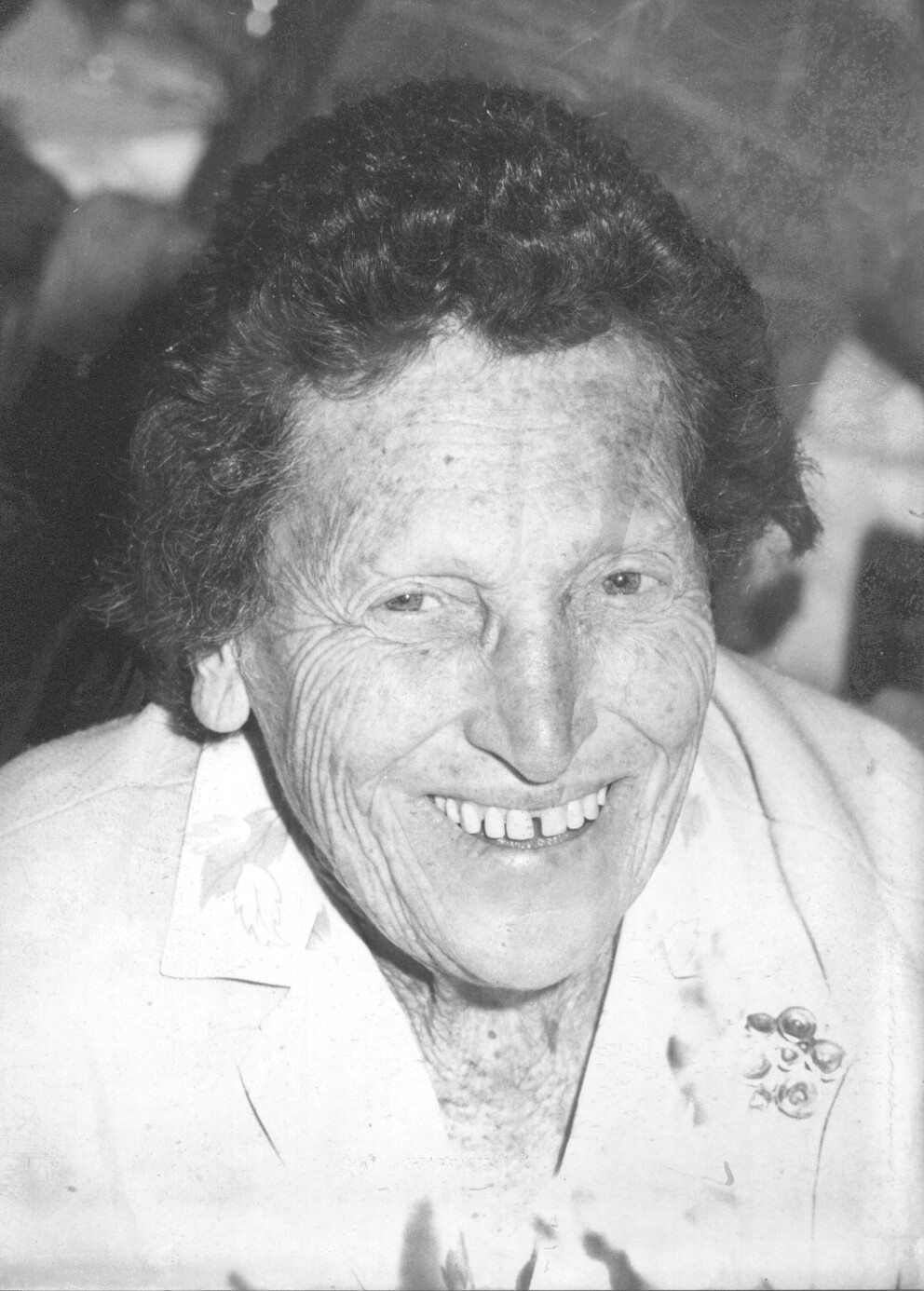
Discrimination forced Tikvah Alper (1909-1995) to relocate frequently, but she found ways to pursue her scientific interests wherever she went, ultimately receiving fame for her discovery that, unlike viral and bacterial diseases, the infectious brain disease of sheep, scrapie, was not transmitted from animal to animal via DNA or RNA. Alper discovered this by irradiating scrapie with different wavelengths of light – wavelengths that destroy nucleic acids (DNA & RNA) didn’t affect scrapie’s ability to replicate, but wavelengths that disrupted proteins did. This led to a conceptual revolution in scientists’ understanding of scrapie and related diseases such as “mad cow disease” and kuru that are caused by misfolded proteins termed “prions”.
Alper was born in South Africa in 1909 to a family of Russian refugees. There, she thrived in school from a young age, graduating from high school early and receiving a grant to study math and physics at Capetown University. She left South Africa in 1930 to pursue a doctorate at the Kaiser Wilhelm Institute for Chemistry in Berlin (in a department headed by past WiSE Wednesday honoree Lise Meitner). Despite early successes in her research on radiation, escalating tension in Germany led her to return to South Africa in 1933, where she married the microbiologist Max Sterne.
At the time, married women were not allowed to be appointed to academic positions, so Alper and her husband set up their own laboratory in their home’s garden, where Alper continued conducting research while also raising two sons, one of whom was born deaf (Alper learned speech therapy to help her communicate with him). She was later made a physics lecturer at Witwatersrand University and, after conducting research in Britain on the irradiation of bacteriophage (a type of virus that infects bacteria), she was made head of the Biophysics Section in South Africa’s new National Physics Laboratory. Alper was forced out of this position for her opposition to apartheid, and she and her family again left South Africa for London where she worked her way from unpaid researcher to director of Hammersmith Hospital’s MRC Experimental Radiopathology Research Unit. Even after retirement, Alper remained active as both a scientist and a feminist until her death in 1995.
[sharethis-inline-buttons]
